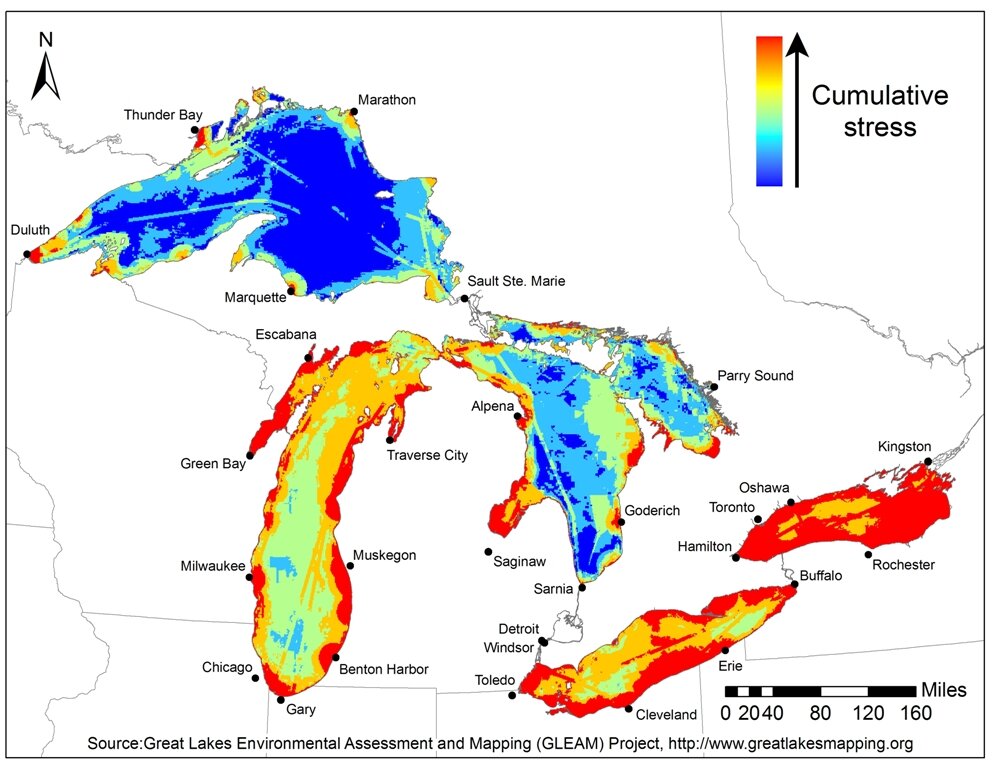The Group That Drinks Tap Water: A Deep Dive into Blue Bayfield
Blue Bayfield is an organization of concerned citizens located in the lakeside village of Bayfield, Ontario. Their mission? For the protection and remediation of all waters locally and around the world. Today, the Bayfield and Area Chamber of Commerce had the chance to sit with the organization and get down to the core of this wonderful organization.
1. What is Blue Bayfield?
Blue Bayfield is a citizens voluntary environmental organization formed in 1998.
2. What are the goals behind Blue Bayfield as an organization?
It is committed to promoting the principle of environmental sustainability locally, regionally and internationally with a particular focus on water issues.
3. Can you tell us what the main issues many of our water sources are facing today?
A recent study by the U of Michigan and U of Windsor established that there were 35 threats to the Great Lakes ranging from invasive species to plastic pollution and PFAS (the forever chemical). Human behaviour accounts for the vast majority of the damage being inflicted on the waters. These pollutants threaten the lives of the 45 million people dependant on the lakes for drinking water, sewage disposal, recreation and economic sustainability. Consider the consequences of these waters becoming so polluted that they are unfit for any of these activities.
Plastic pollution is one example. For over 50 years, 100 tons of plastic annually enter the waters, breaks down and becomes mistaken feed for aquatic species and is found in the drinking water taken from the lakes.
More recently, climate change has been found to change the natural dynamics of the lake.
More details about threats can be found by reading the Blue Bayfield publication…. THE GREAT LAKE: A TIME OF RECKONING. Available online www.bluebayfield.ca or free (donation welcomed) at the Bayfield Village Bookshop or Fincher’s in Goderich.
4. Can you tell us about some of the initiatives your organization is currently participating in?
1. Encouraging the reduction of single-use plastics
2. Seeking restrictions on fireworks
3. Sharing informing with local and regional organizations about the threats to our waters
4. Working with high schools to promote environmental sustainability
5. Lobbying Bluewater council to set up an independent environmental committee
6. Organizing annual beach cleanup
7. Raising awareness to all levels of government about the threats to our water
8. Producing print material and web site outlining threats and solutions to environmental degradation1) encouraging the reduction of single-use plastics
5.What can people do to help in your initiatives?
We encourage citizens to review their habits around water use and single-use plastics. For example – any toxin poured down the drain ends up as our drinking water. Less than 11% of plastic is recycled and it ends up in our waters, around our community or in landfill sites (The first piece of plastic developed is still here somewhere and is a potential threat to our health).
6. We noticed one of Blue Bayfield's largest initiatives is becoming plastic-free. What does plastic-free mean and why is it so important?
Plastic Free means moving towards the elimination of convenient and unnecessary single-use plastics – straws, polystyrene food containers, water bottles, stir sticks etc. These products do not decompose but become a blight on the environment and a threat to living species. The Government of Canada has taken the first steps but more items need to be added to their list.
7. Many of our visitors notice the rain garden just outside of Pioneer Park. What's the deal with rain gardens? How can they help our water ecosystem?
The rain gardens are a demonstration project supported by Pioneer Park, the Municipality of Bluewater and Ausable Bayfield Conservation. The gardens collect and absorb stormwater runoff from roofs, roads and driveways, while the plants and soil filter pollutants from this water before it enters the lake (For more info on these rain gardens, you can visit Ausable Bayfield’s
website at www.abca.ca/community/raingardens).
8. What is the importance of the "Blue Flag"? How did Bayfield obtain one?
Blue Flag is an initiative of Bluewater Council and provincial initiative that promotes clean beaches.
9. What are three things people can do every day to promote sustainability from land to lake?
1. Try to purchase shampoos, detergents etc. that are not in plastic containers OR support BYO (bring your own) stores.
2. Use natural products such as vinegar and baking soda for cleaning.
3. Don’t be silent – speak up about environmental threats to politicians, friends and deniers.
10. Do you have any closing remarks? Items you would like to promote?
This map [see image 1] shows the pollutant stress levels in the Great Lakes. We can’t undo the damage but we participate in preventing further degradation to our waters.
—————
We want to thank Blue Bayfield and its members for taking the time to answer our questions. For more information on this local organization and how you can help in the fight to protect our water systems, visit www.bluebayfield.ca.
Image 1: Map of Great Lakes


